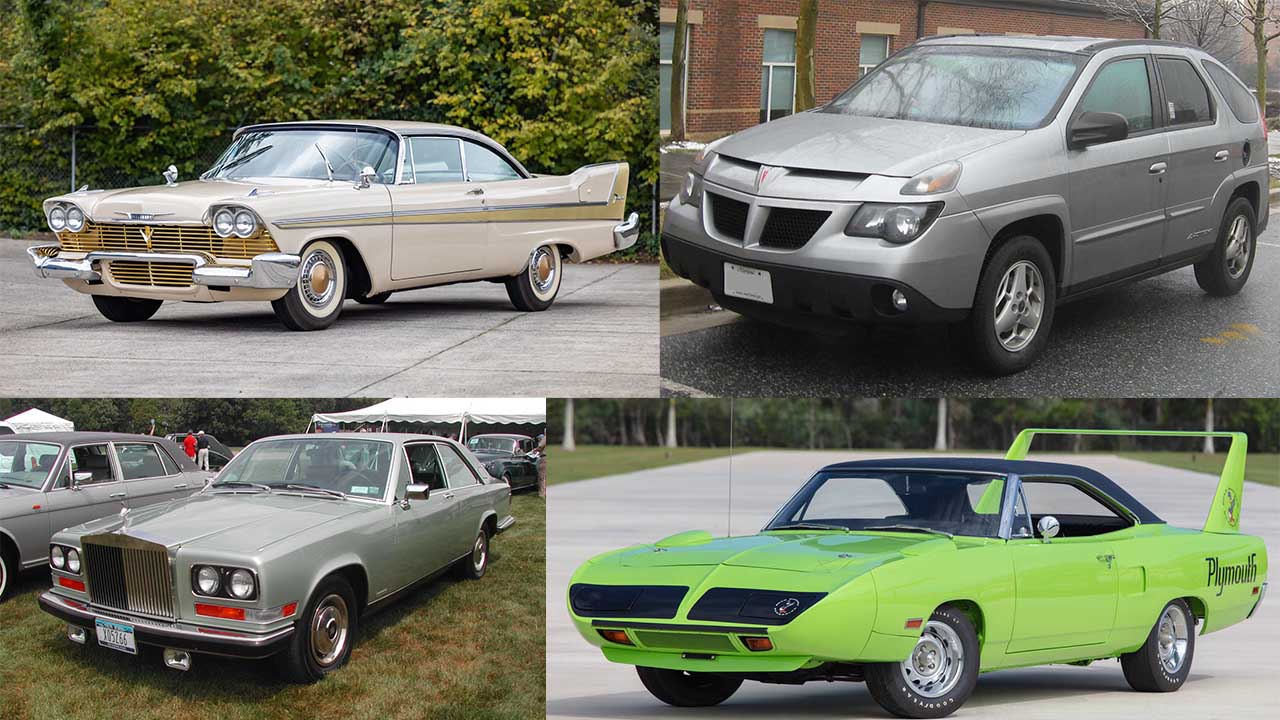Not every car can be a best-seller. Some vehicles seem promising in theory but fail when they hit the market.
Despite this, many of these cars manage to carve out a special place in people’s hearts and eventually become highly sought after.
The automotive industry doesn’t always predict consumer reception accurately, leading to some models being discontinued before they ever reach their full potential.
However, just because a car flopped initially doesn’t mean it won’t become valuable later. In fact, some of these once-overlooked vehicles now command staggering prices, with collectors going to great lengths to acquire them.
These cars often suffer from poor timing, a lack of appreciation at their release, or simply an unappealing design. Even the most successful automakers have missteps.
Despite the significant time and money invested in development, some models fail to meet expectations. A car may look great on paper or even in prototype form, yet still struggle when it reaches production.
However, as time passes, many of these cars become prized collector’s items. They represent something special to each buyer, whether it be nostalgia, historical significance, or sheer rarity.
As a result, prices at auctions can skyrocket, sometimes reaching levels that seem unimaginable. People realize, in hindsight, that they missed out on something significant, and when given a second chance, they rush to claim it before it’s gone forever.
These vehicles have experienced a resurgence in popularity for a variety of reasons. Whether due to their unique place in history, the memories they evoke, or their newfound status as collector’s trophies, they have gained immense value.
Even cars that were once unwanted can transform into symbols of success, commanding massive price tags. Whether or not you agree with their appeal, these cars influence the collector’s market, drawing attention and demand.
1. 1929-37 Duesenberg Model J
The Duesenberg Model J is a car that might remind you of the vehicle Cruella de Vil drove, with its imposing exhaust pipes extending from the hood.
This luxurious automobile featured a massive inline eight-cylinder engine with nearly seven liters of displacement. It delivered an impressive 265 horsepower and could reach a top speed of 116 mph in third gear.
Due to its extravagant cost, only the wealthiest individuals, such as Clark Gable and the Wrigley Brothers, could afford one.
Duesenberg first gained recognition as a race car manufacturer. In fact, it remains the only American brand to have won the French Grand Prix.
A Duesenberg also claimed victory at the Indianapolis 500 three times in 1924, 1925, and 1927.
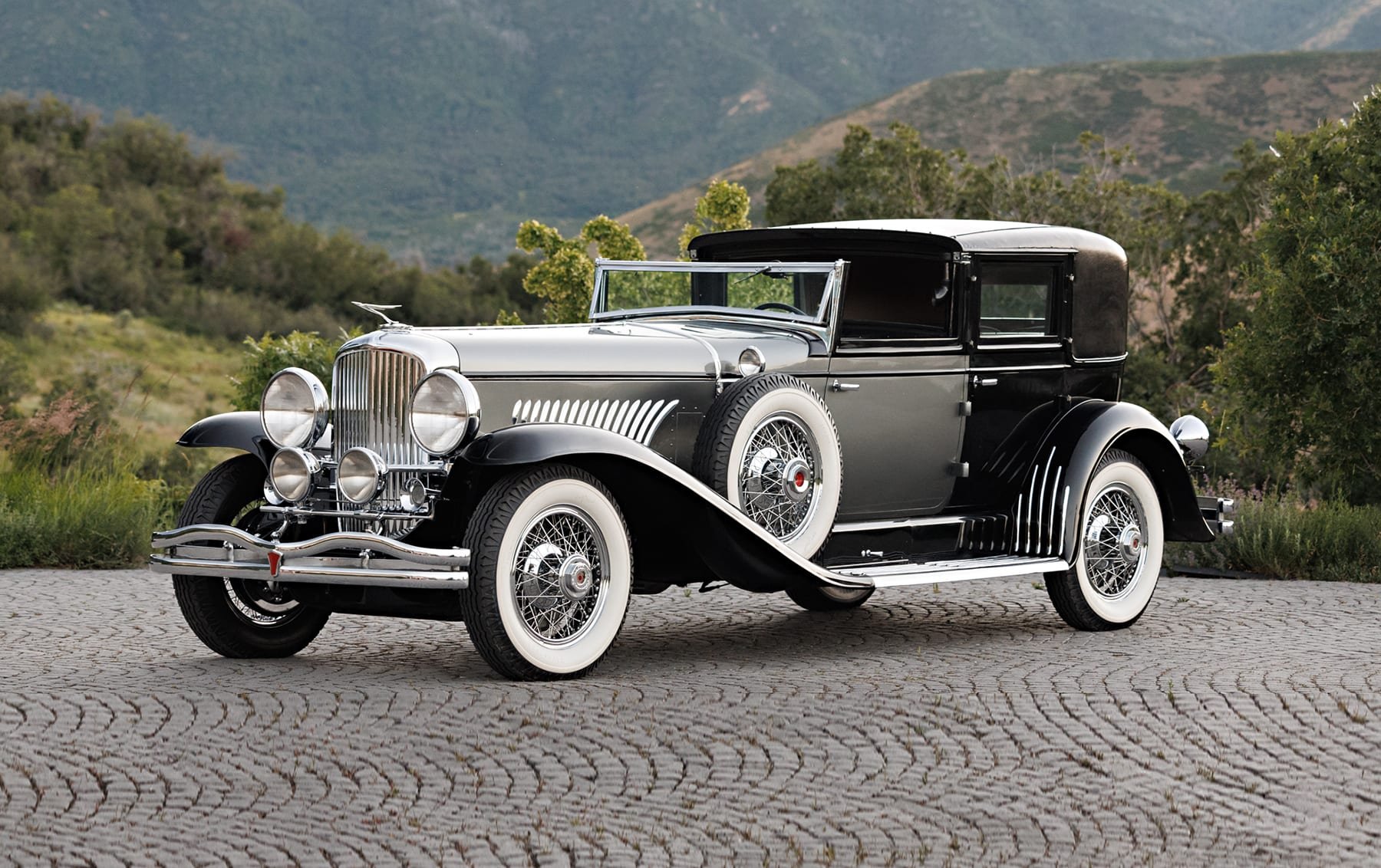
Eventually, E.L. Cord acquired the company, refining the original chassis and helping to create the Duesenberg as it is remembered today.
At the time, the chassis alone cost $8,500, and a fully equipped Duesenberg Model J could set buyers back nearly $20,000 an astronomical sum in the early 1930s.
As a result, only about 500 units were ever produced. Today, these cars fetch incredible prices at auction, with collectors fiercely competing to secure one.
The average auction price is a staggering $1.692 million, proving that even decades later, the Duesenberg remains a luxury vehicle accessible only to the wealthiest individuals.
2. 1934 Chrysler Airflow
The 1934 Chrysler Airflow made a strong impression at the 1934 New York Auto Expo, where it was well-received for its groundbreaking design.
This revolutionary vehicle introduced innovations that significantly influenced future automobile manufacturing. Anticipation was high, and preorders flooded in.
However, the rush to meet demand led to production issues, ultimately resulting in disappointing sales numbers. Over its four-year production run, only about 10,000 units were sold.
Carl Breer, Chrysler’s head of engineering, spearheaded the Airflow’s innovative design. He even collaborated with Orville Wright, using his facilities to test the car’s aerodynamic shape in one of the first-ever wind tunnels.
This was the first instance of the automotive industry prioritizing aerodynamics, marking a turning point in vehicle design.
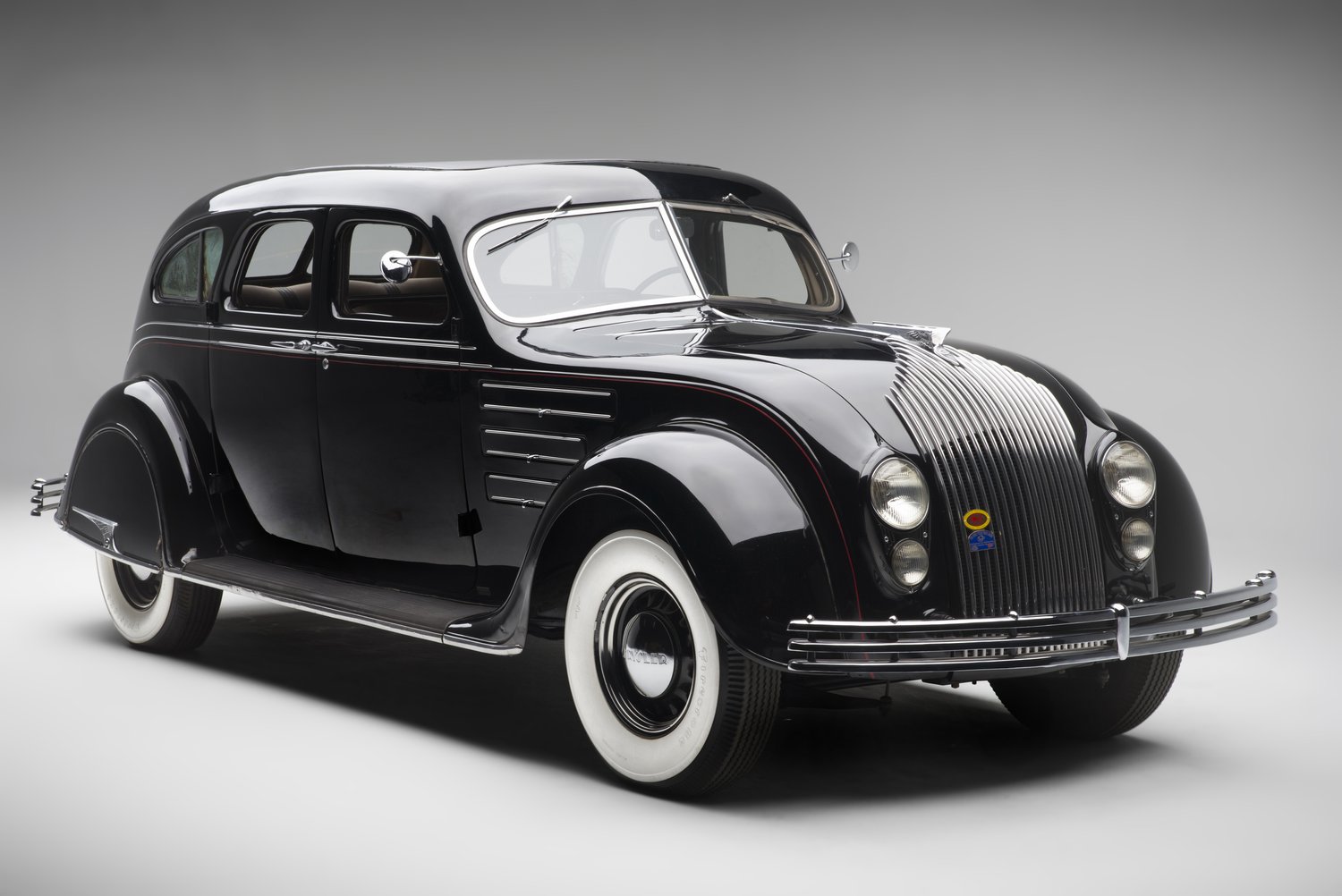
Additionally, Breer repositioned the engine over the car’s front axle while placing passengers between the two axles. This adjustment improved ride quality and created a more spacious interior.
Despite its forward-thinking engineering, the Airflow failed to capture the market in 1934. Even with a reasonable starting price of $1,345, sales remained sluggish.
Today, however, the Airflow is highly sought after, with many surviving examples found only in museums.
The average price of an Airflow is now around $72,130, though some models have sold for much more such as the 1935 model, which fetched $117,700 at a Barrett-Jackson auction.
As these rare vehicles become even scarcer, finding one is considered a major automotive treasure.
3. 1958 Ford Edsel
The Ford Edsel was intended to honor Edsel Ford, the son of Henry Ford, but instead, it became one of the most infamous failures in automotive history.
Expectations for the Edsel were sky-high, making its poor reception a devastating blow to the company and its finances.
Henry Ford Jr. had envisioned the Edsel as the future of Ford, which made its commercial failure even more disheartening.
Henry Ford Jr., grandson of the legendary Henry Ford, aimed to create a vehicle that would revitalize the company.
The Edsel was Ford’s first new model in years, designed to bridge the gap between sporty, youth-oriented cars and the more traditional family sedans.
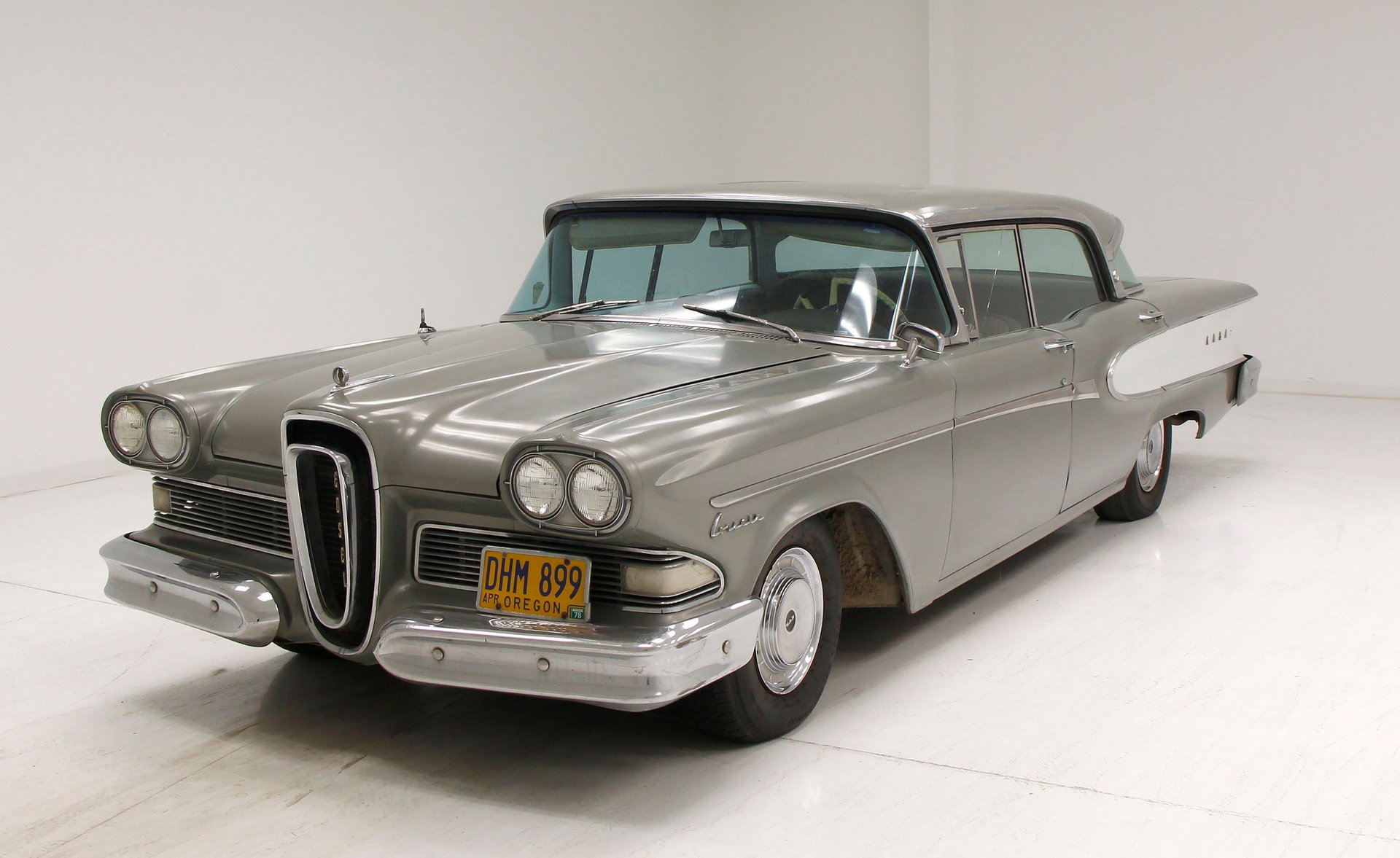
Ford poured an astonishing $250 million into market research and the development of the Edsel, which debuted in 18 different models with prices ranging from $2,484 to $3,766.
However, Ford misread the shifting market trends. The company conducting Ford’s market research failed to recognize the growing demand for smaller, more affordable cars.
Compounding the problem, the Edsel’s design was widely criticized as unattractive and awkward, turning off potential buyers. Ford had projected sales of 400,000 units, but reality fell far short of that target. As a result, the Edsel was scrapped.
Despite its failure at launch, the Edsel has since become a prized collector’s item. These once-dismissed cars now hold a unique place in automotive history, not just for their rarity but for their legacy as one of the industry’s greatest miscalculations.
At auctions, Edsels can command prices exceeding $100,000—perhaps a fitting redemption for a car that once symbolized Ford’s biggest misstep. Edsel Ford would surely be proud.
Also Read: Top 10 Exhaust Systems for Enhanced Sound and Power
4. 1958 Plymouth Fury
The Plymouth Fury initially began as a trim package available for purchase on the Plymouth Belvedere.
However, it eventually evolved into a standalone model, becoming the most expensive Plymouth of its time, retailing for $3,067.
The Fury was offered in five different body styles, including a four-door sedan, a two-door convertible, and a four-door station wagon.
As a sleek and powerful muscle car, the Fury shared its engine with the Dodge Coronet, which was commonly used by law enforcement at the time.
This sizable, high-performance vehicle came standard with a 5.2-liter engine producing 290 horsepower, while an upgrade to a 5.7-liter engine boosted output to an impressive 305 horsepower.
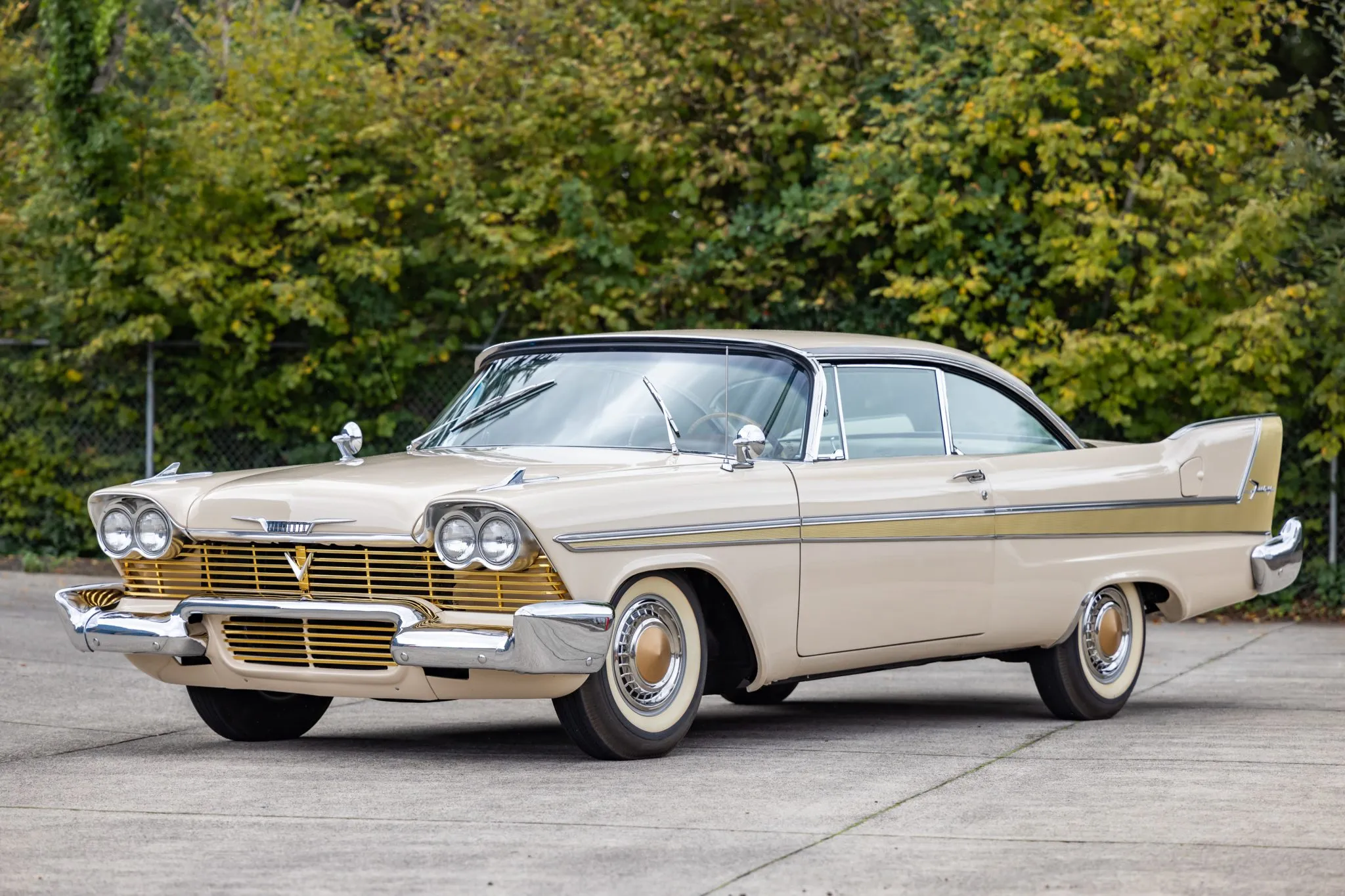
The 1958 Plymouth Fury seemed poised for success it was stylish, affordably priced, and fun to drive, making it a vehicle that should have performed well in the market.
However, the timing of its release proved to be a major obstacle. The Fury debuted during a recession, which led to a shift in consumer preferences toward more affordable, fuel-efficient cars.
As a result, sales suffered. Decades later, the car experienced a resurgence in popularity thanks to the film adaptation of Stephen King’s novel Christine, which introduced a new generation to its menacing charm.
Today, the Plymouth Fury is highly sought after by collectors, typically commanding an average price of $50,000. At auctions, prices can climb even higher depending on the demand from dedicated buyers.
5. 1967 Pontiac Trans Am
The significance of the Pontiac Trans Am lies more in the brand’s legacy than in a single model year depending on how you look at it.
The first-generation Pontiac Firebird Trans Am (1967-1969) achieved respectable production numbers, with 82,500 units in 1967, 107,000 in 1968, and 87,700 in 1969.
When the second generation debuted in 1970, production figures initially remained more modest, with yearly totals including Base, Esprit, Formula, and Trans Am models staying below 100,000 units.
The most dramatic increase in Pontiac Firebird production occurred between the 1976 and 1977 model years. In 1976, total production across all four variants reached 110,755 units.
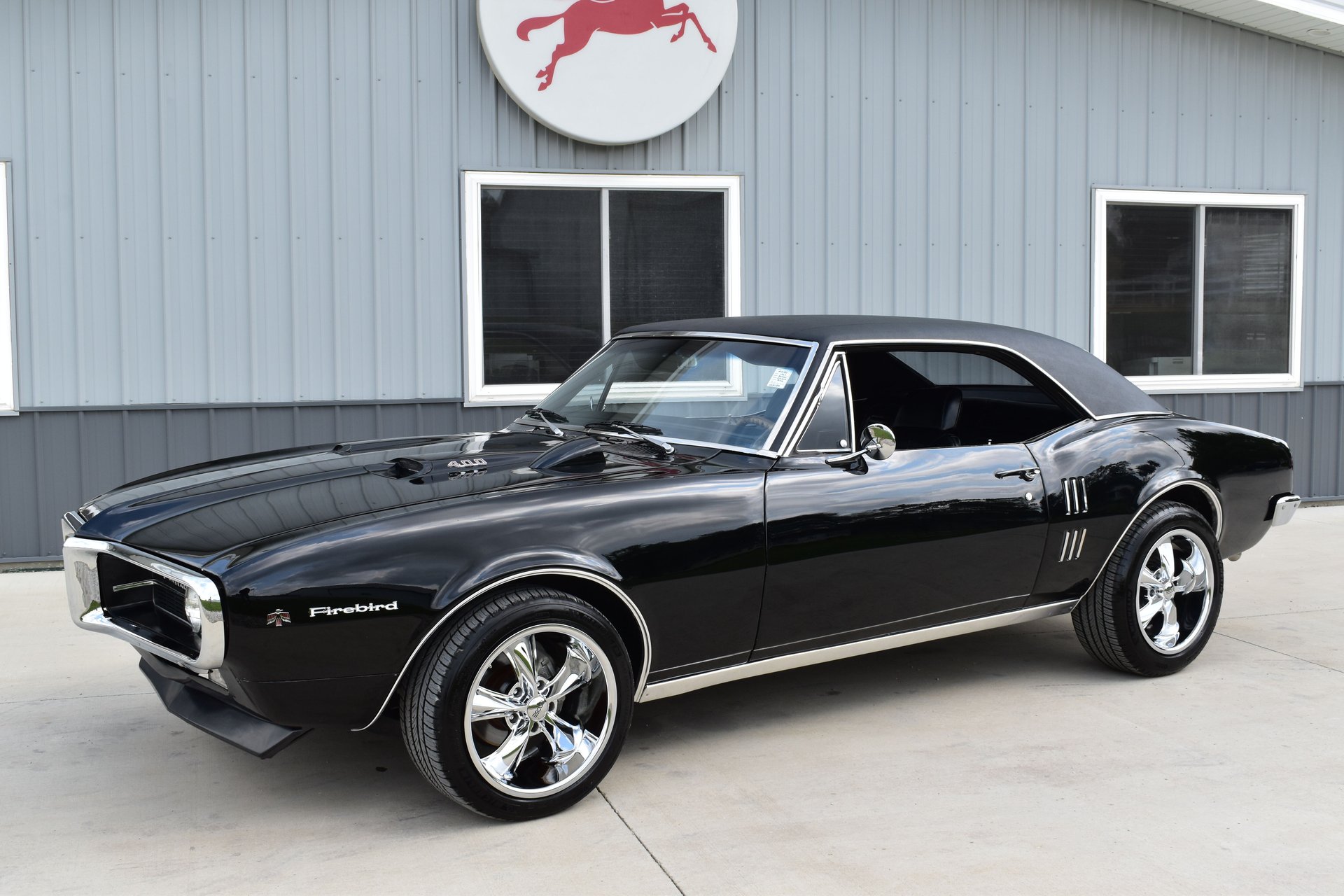
The following year, that number skyrocketed to 155,735. According to Hagerty, Pontiac enjoyed an additional 25,000 Trans Am sales in 1978, thanks to the popularity of Smokey and the Bandit.
Interestingly, the film was shot just before the release of the 1977 Trans Am, requiring filmmakers to use modified 1976 Trans Am models to replicate the upcoming version’s appearance.
Despite this, it’s the 1977 Trans Am that remains the most desirable among collectors.
Depending on condition, these cars have sold at auction for a wide range of prices, from just a few thousand dollars for models in fair condition to an astounding $495,000 for the most coveted versions, particularly those sold through Barrett-Jackson auctions.
6. 1970 Plymouth Superbird
The 1970 Plymouth Superbird is widely recognized as the first muscle car to incorporate aerodynamics into its body design, proving that speed and performance could be achieved through more than just raw engine power.
This was the car that Richard Petty drove to victory an astounding 18 times during its debut NASCAR season, cementing its place in motorsports history and earning a special place in the hearts of enthusiasts.
Despite its dominance on the track, the production version of the Superbird was a commercial disappointment, with only 1,920 units built. Sales were slow, and it took time to produce enough cars for Petty to use in competition.
At the time, it was considered a significant investment at $4,776, but that price came with serious power.
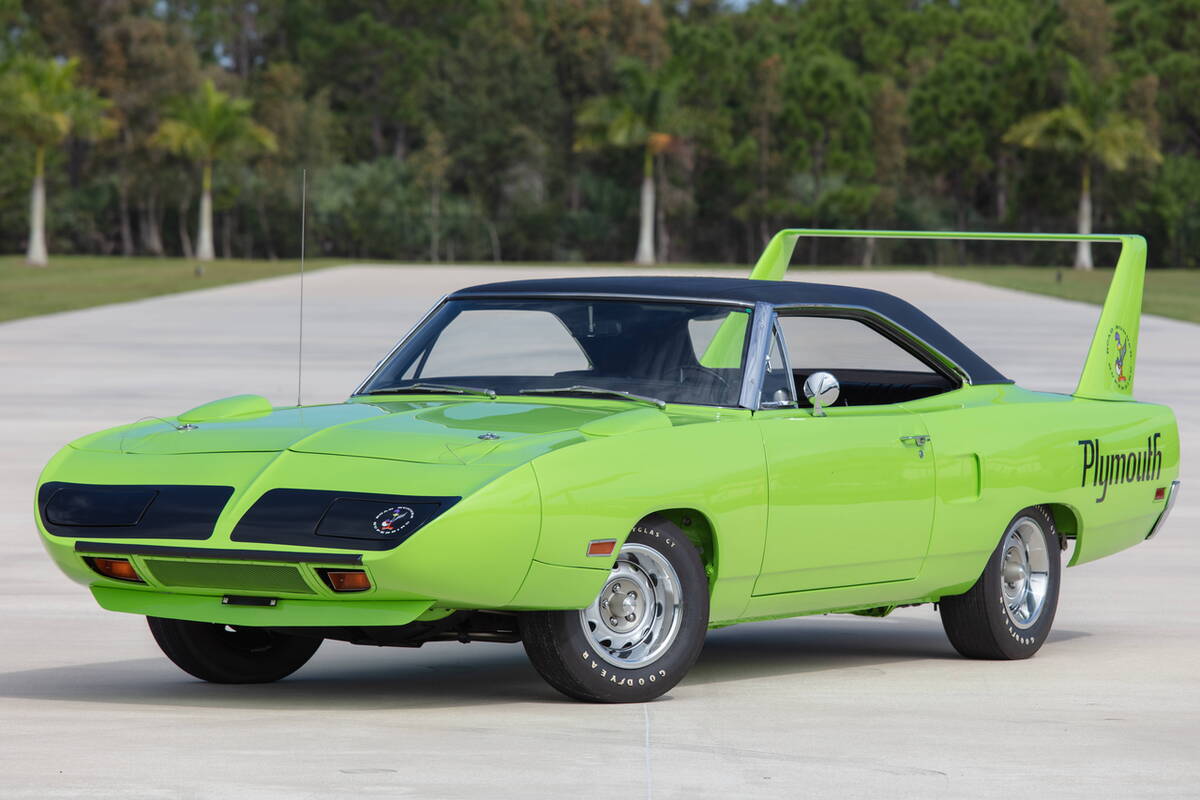
Equipped with a 7.2-liter 440 cubic-inch V8, the Superbird could accelerate from 0-60 mph in just 5.5 seconds and reach a top speed of 150 mph.
Today, this car is a prized piece of both NASCAR and Plymouth history.
Collectors willing to pay top dollar for a piece of racing heritage often seek out the Superbird, and while its distinctive rear wing may appear comical, it has become an iconic feature.
At auctions or through private sales, this legendary vehicle can command prices of $250,000 or more.
7. 1976 Aston Martin Lagonda
The 1976 Aston Martin Lagonda was an unusual sight when it first debuted, and it remains a curiosity in the automotive world today.
Often the subject of industry jokes, the Lagonda was widely regarded as unattractive even the prestige of the Aston Martin name couldn’t save it from criticism.
With its long, awkwardly proportioned, and boxy shape, the car lacked the elegance typically associated with the brand.
This version of the Lagonda, the second in the model’s history, earned the nickname “the wedge,” a fitting description of its angular design. Aston Martin hoped the vehicle would provide a much-needed financial boost to the struggling company.
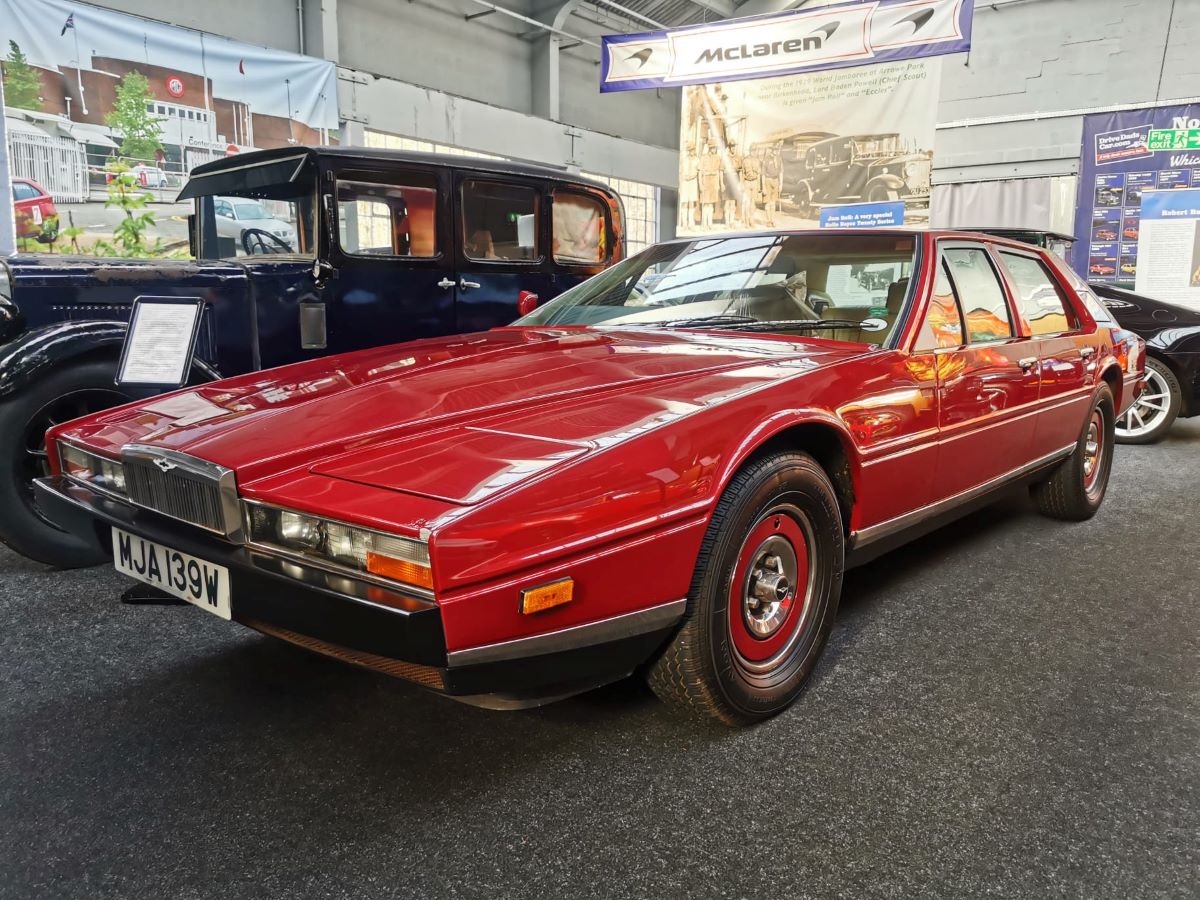
Under the hood, it housed a powerful 5.2-liter V8 engine with a top speed of 230 mph. However, its hefty price tag of $75,000 deterred buyers, and very few units were produced.
Today, the Lagonda is a rare collector’s item, representing an era when even luxury automakers occasionally misstepped in their designs.
Despite its unconventional look, this four-door oddity has become a significant investment, with auction prices often exceeding $300,000.
The once-mocked design has now found its place among high-end automotive collections.
8. 1975 Rolls-Royce Camargue
The Rolls-Royce Camargue remains one of the brand’s most obscure models, despite its original intent of being a more accessible Rolls-Royce for the everyday consumer.
Unfortunately, it never gained widespread success, performing poorly in terms of handling and finding appeal primarily among devoted Rolls-Royce enthusiasts. Though it remained in production for several years, the Camargue ultimately faded into relative obscurity.
Designed by Paolo Martin at Pininfarina, the Camargue had a strong design pedigree. It was also powered by a massive 6.75-liter engine, which was necessary to move its heavy, boxy frame tipping the scales at over two and a half tons.
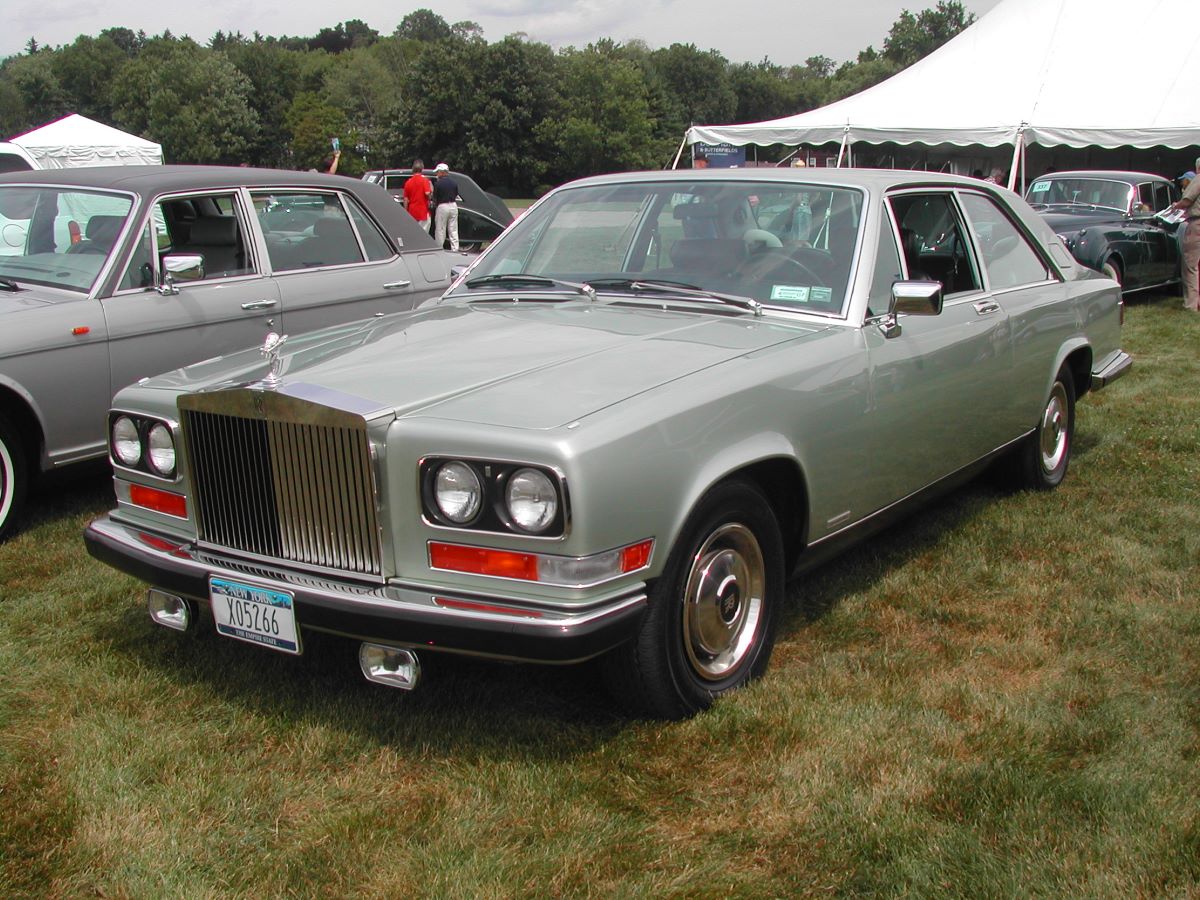
When it was introduced, it held the title of the most expensive production car ever built, with a price tag of $65,500. Given the steep cost, only 531 units were ever produced.
Now considered a rare find, the Camargue has grown in popularity among elite collectors.
While its value has declined somewhat, with an average price of around $95,000, it remains out of reach for most buyers. If you happen to own one, you may want to hold onto it, as its worth could increase over time.
9. 1981-83 DMC DeLorean DMC-12
When the DeLorean DMC-12 hit the market in 1981, it was met with widespread ridicule.
Despite being the brainchild of John DeLorean an automotive visionary responsible for some of General Motors’ most legendary cars the vehicle ultimately became one of the industry’s biggest disappointments.
How the same designer who helped create the Pontiac GTO and the Trans Am ended up producing something as unusual as the DeLorean remains a mystery.
The car was advertised as having a top speed of 130 mph, yet the underpowered engine and unconventional gullwing doors made it more of a novelty than a performance machine.
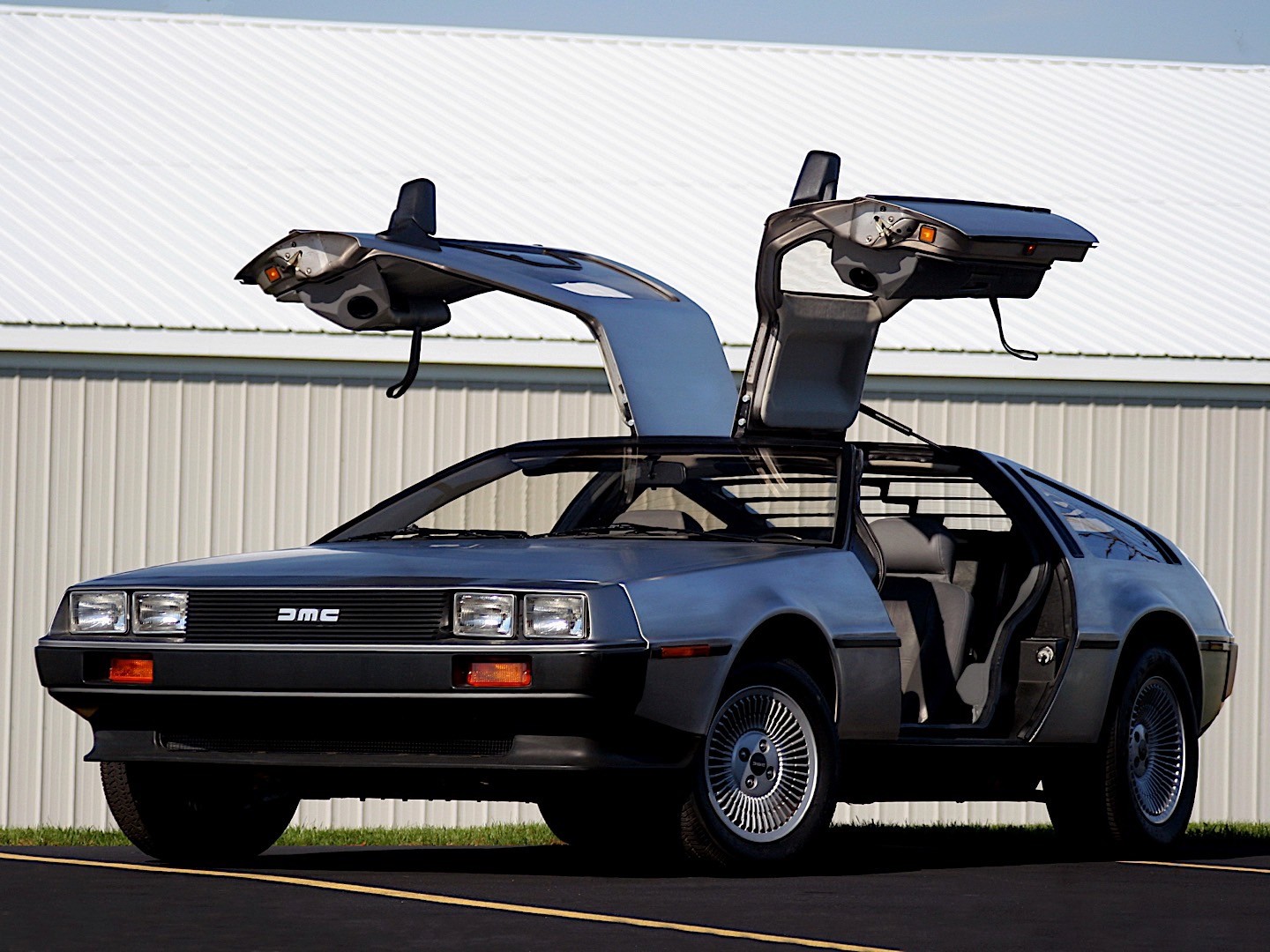
What was once a laughingstock in the 1980s, however, would find a surprising resurgence in the following decade.
Thanks to its starring role in Back to the Future, the DeLorean became an enduring pop culture icon. In the film, all it took was a flux capacitor and reaching 88 mph to travel through time, forever linking the car to the beloved franchise.
This newfound fame revived interest in the DeLorean, transforming it from an automotive failure into a collector’s item.
Originally priced at a steep $25,000 considered exorbitant at the time the car’s value has since doubled. Today, a well-maintained DeLorean can fetch $40,000 or more at auction.
Also Read: 20 Classic Cars That Are Skyrocketing in Value Right Now from the 80s and 90s
10. 2001-05 Pontiac Aztek
Few cars in recent history are as instantly recognizable and as widely mocked as the Pontiac Aztek. With its bizarre shape and awkward rear hatch design, the Aztek became infamous for its unconventional looks.
Marketed as a “community-designed” vehicle, it attempted to incorporate numerous ideas from various sources, yet the final product ended up feeling like an unfocused mishmash.
While it may have sounded great in theory, in reality, the design could have used more refinement.
So why is this once-ridiculed vehicle making a comeback? According to Edmunds, the answer lies in the impact of one very memorable TV character: Walter White.
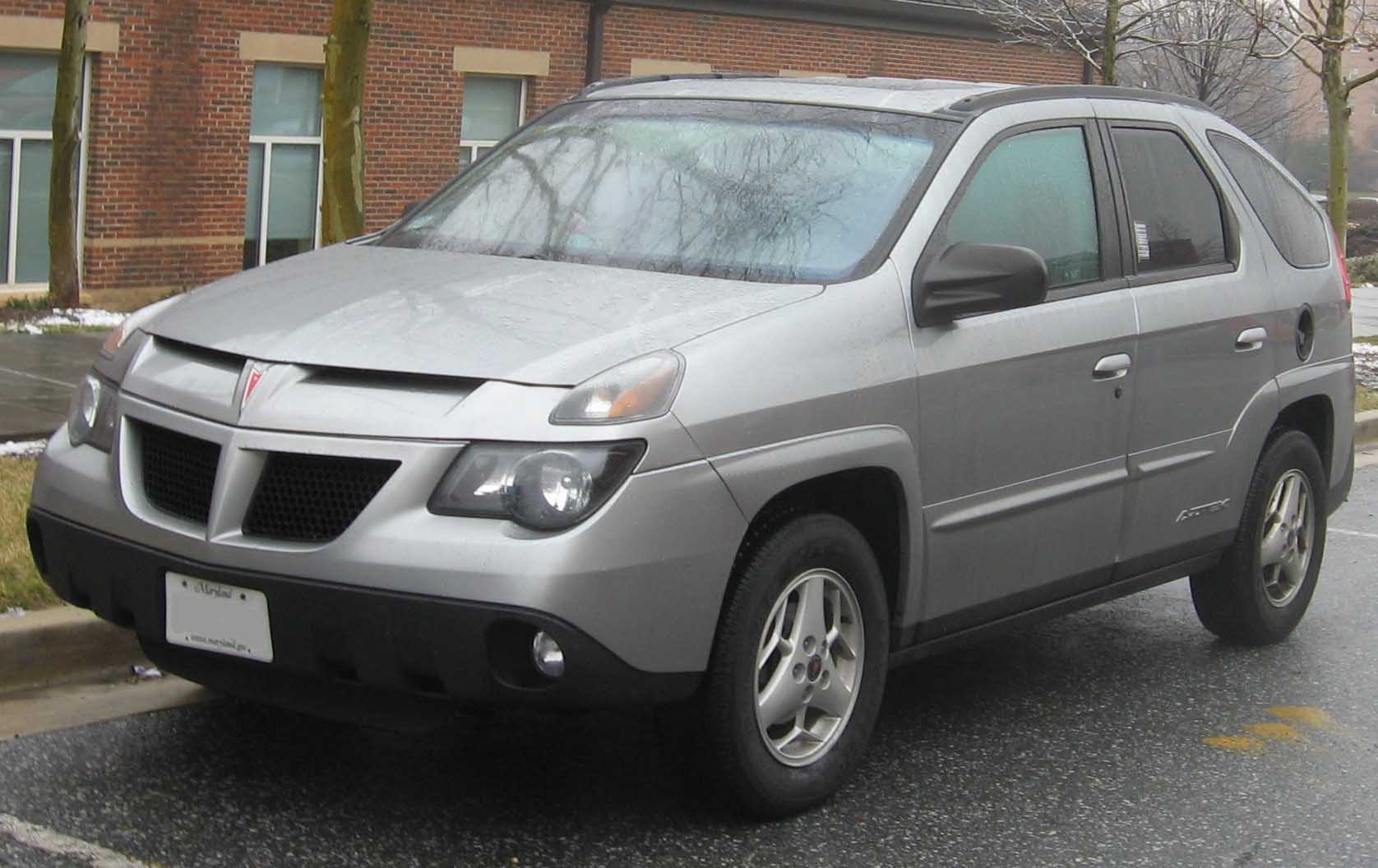
The Breaking Bad protagonist drove an Aztek throughout much of the series, with a particularly symbolic moment occurring when he sold it on his 51st birthday for a mere $50 one dollar for each year of his life before his transformation.
This association has solidified the Aztek’s place in television history, generating newfound interest in a car once considered a failure.
Originally priced at $21,445, the Aztek was meant to be an affordable option for younger buyers. Today, its value remains relatively low, with a median resale price of around $5,500.
However, prices have been fluctuating, and with its newfound cult status, the Aztek may eventually secure a place in automotive history.
It might still be one of the ugliest cars ever made, but thanks to Walter White, it could one day become a highly sought-after collector’s item.

